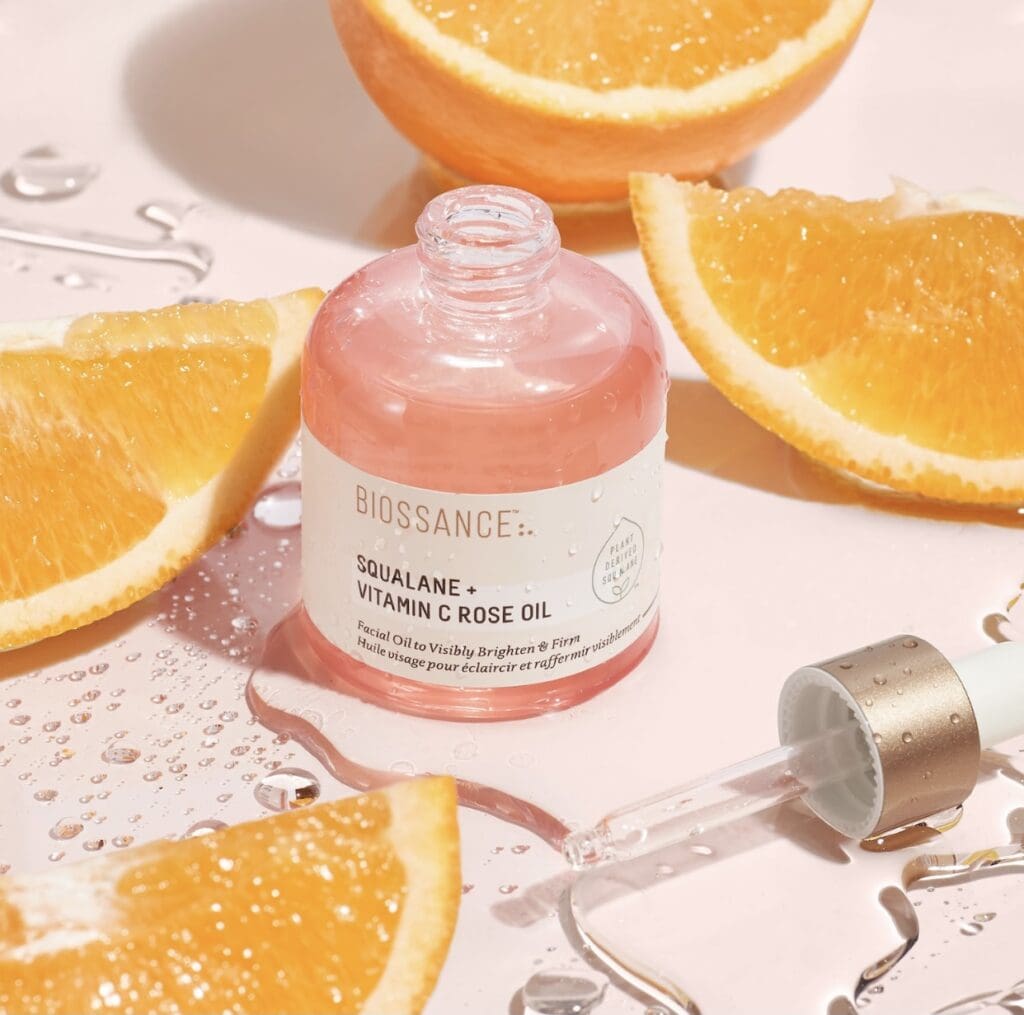
How To Treat Hyperpigmentation
Hyperpigmentation is a pretty common and usually harmless skin condition. It happens when the skin produces extra melanin in an area. Patches of skin then become darker than the surrounding skin in the area. This can occur in any area of the body and affects all skin types. There are a few different causes for this excess melanin production. But hyperpigmentation most often develops in areas that have a lot of sun exposure, like the face and hands.
How To Treat Hyperpigmentation
Types of Hyperpigmentation
Three of the main causes of hyperpigmentation are melasma, age spots, and post-inflammatory hyperpigmentation. Treating hyperpigmentation depends on the type and the area of the body affected.
Age Spots
Age spots, also called liver spots or solar lentigines, are a common form of hyperpigmentation. And as the name suggests, they become more common as we age. After years of extended sun exposure, they often appear as small brown, tan, or black patches of skin on the face, arms, and hands.
Melasma
Melasma is similar in appearance to age spots but tends to appear in larger patches. It’s largely caused by hormonal changes such as birth control and pregnancy. In a pregnant woman, it usually appears on the abdomen and face and is also known as the “mask of pregnancy.”
Post-Inflammatory Hyperpigmentation
Post-inflammatory hyperpigmentation occurs as a result of a skin injury such as acne, eczema, or insect bites. It can even occur after treatments like microdermabrasion and chemical peels in individuals with sensitive skin.
How to Treat Hyperpigmentation

Topical Creams
The most common treatment for hyperpigmentation is the at-home use of topical creams. These creams and serums work by lightening the skin or preventing further melanin production. You can purchase all of these products over the counter, but stronger formulas need to be prescribed by your dermatologist.
- Hydroquinone is probably the most effective skin-lightening agent. It works by reducing melanin production. It can be bought over the counter in lower strength, but if you want a stronger strength formula, you will need a prescription.
- Kojic Acid is a skin-lightening agent produced by several species of fungi. It works by inhibiting the production of tyrosine, an amino acid required for melanin synthesis. While it’s not as effective as hydroquinone, some people prefer it because it is more natural.
- Azelaic Acid is one of the safest and most effective treatments for hyperpigmentation. Its antimicrobial and anti-inflammatory properties make it ideal in treating post-inflammatory hyperpigmentation. It’s a slower treatment process but also produces fewer side effects.
- Vitamin C is a powerful antioxidant that reduces hyperpigmentation caused by sun damage. Like kojic acid, Vitamin C prohibits the activity of the enzyme tyrosinase, which is responsible for melanin synthesis.
- Niacinamide is a form of vitamin B3 that helps in treating hyperpigmentation caused by sun damage. It also helps in collagen production.
Cosmetic Procedures
There are also a few cosmetic procedures that can lighten areas of skin and reduce the appearance of hyperpigmentation. These treatments should always be done by a skincare professional you trust. Be sure to first discuss possible side effects before starting any in-office treatments. Some of these medical procedures can make hyperpigmentation worse in people with darker skin tones.
- Chemical Peel chemicals like glycolic acid and lactic acid remove the top layers of the skin. After a few days, the dark patches of hyperpigmented skin flake or peel away, revealing the new skin underneath.
- Microdermabrasion is a minimally invasive procedure that will renew overall skin tone and texture. And is generally safe for all skin types. It uses fine crystals to gently “sandblast” the surface of the skin. Another form uses a diamond-studded tip to abrade the skin and vacuum suction to remove dead skin cells. The outer layer of the skin is removed to reveal the new skin underneath. Perform the procedure in several sittings for maximum benefit.
- Laser Therapy penetrates below the skin’s surface to disintegrate the pigmented skin cells that are causing hyperpigmentation. They can also help stimulate collagen production, further promoting even skin tone and texture.
If you’re investing your time and money in treating skin conditions and erasing sun damage, be sure to make the most of your efforts by taking the appropriate preventative measures.
Avoid excessive exposure to sunlight. Especially midday when the sun is the strongest (10 am-3 pm). Always apply sunscreen with an SPF of 30 or higher and wear protective clothing. Hats and long-sleeved shirts are a must!
Xx Monti
Shop the Post




